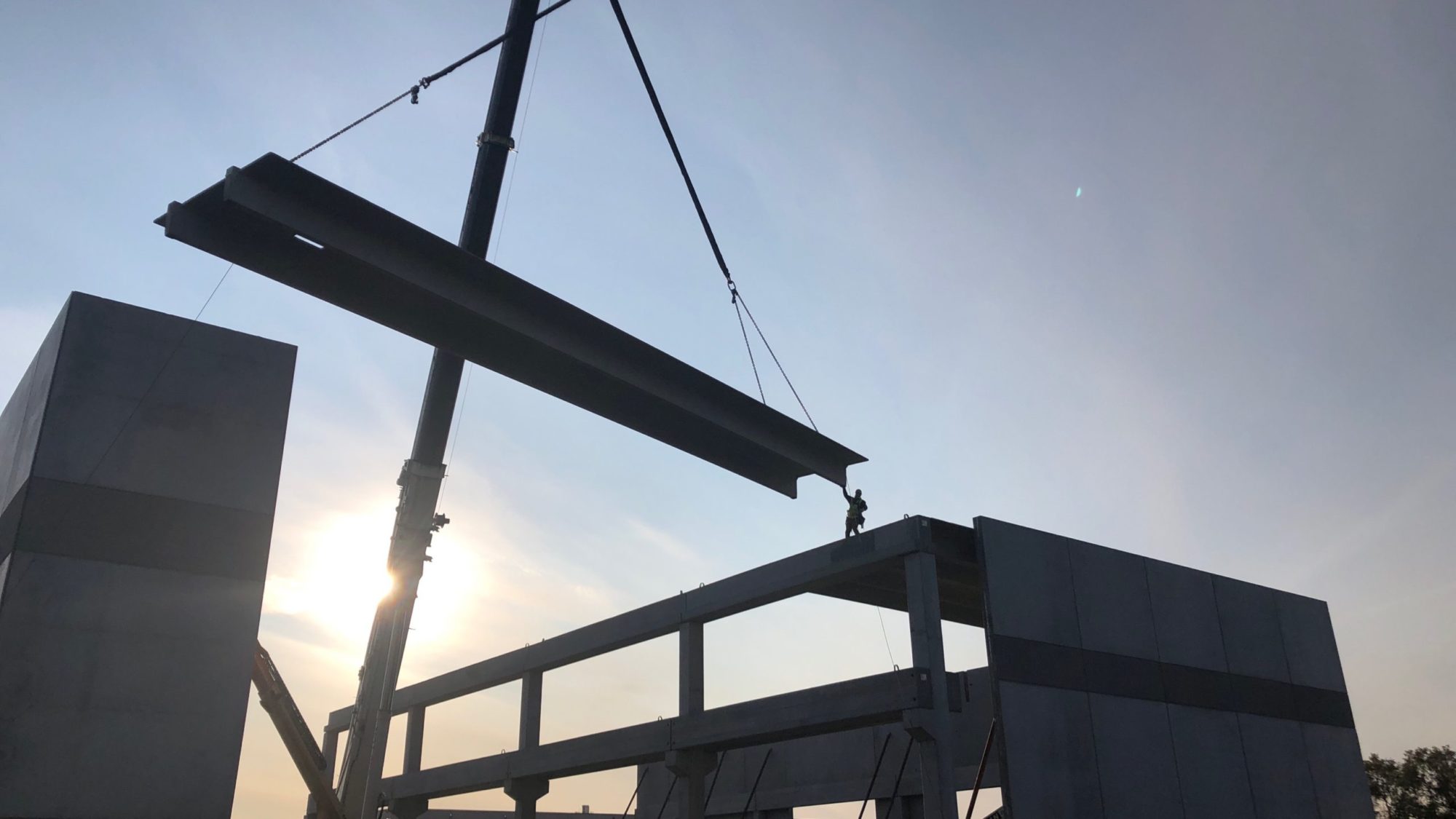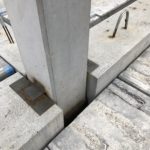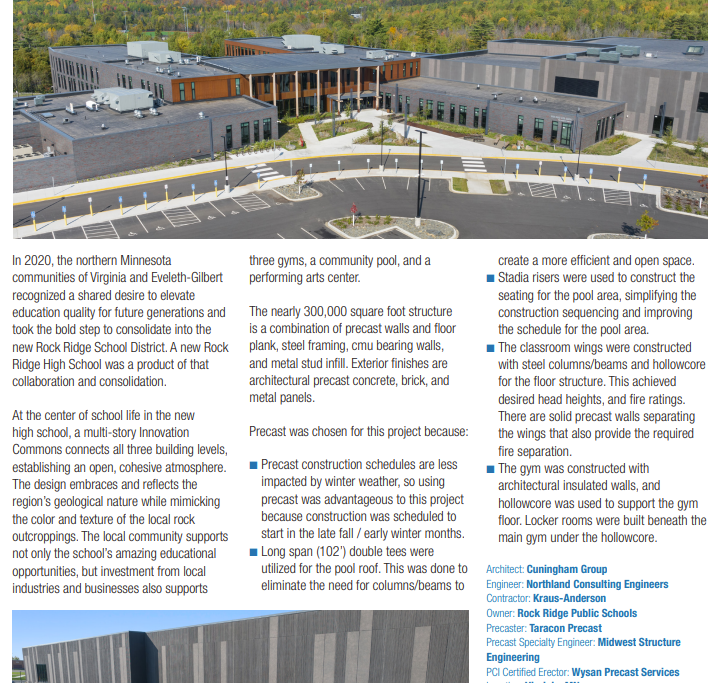How Precast Concrete Changed the Construction Industry
Unlike other large industries, the construction sector isn’t known for undergoing rapid and dramatic change on a frequent basis. Often sticking to the status quo for decades–in some cases centuries–the construction industry has long-standing methods that display strength, security, and durability. However, innovation in construction technology has influenced design capabilities, workforce machinery, and environmentally conscious construction methods, shifting the way stakeholders operate.
One of the most dramatic shifts in the industry has been in the types of building materials developed and used in recent years. A wide range of products, techniques, and systems have been developed that shorten construction times, improve finished construction quality, and create a safe, more environmentally-friendly construction process.
The History of Precast Concrete
Concrete, always highly regarded as the industry standard for building solid and durable structures, has gradually morphed into a more sophisticated and effective form known as precast concrete. While it has made significant advancements to modern construction, precast concrete is not a new phenomenon by any means. The technique of precasting concrete was first utilized in ancient Rome to create structures such as tunnels, aqueducts, and sewage systems.
Outside of the ancient Roman empire, the use of precast concrete was minimal, until the late 18th century when a British engineer utilized the technique to create structural components such as floors, walls, and ceilings.
Since the resurgence of precast concrete over the past century, its applications have become more diverse; ranging from home construction to commercial, agricultural, and civil construction. Previously, concrete had to be mixed and poured on-site. Now, precast concrete makes it possible for building components to be cast and hardened in a controlled factory environment, then transported and erected on the jobsite. This forever changed the way architects, engineers, and construction professionals design, cast, and construct structures.
Today, precast concrete is a major factor in many construction projects because of its wide spectrum of advantages over on-site concrete casting. The benefits include:
Quality. The tightly controlled environment that precast concrete is created in produces consistently stronger components because of the stringent casting and curing conditions.
Durability. Building components created with precast concrete can withstand many years of wear and tear, as well as harsh weather conditions without losing beauty or strength.
Safety. Unlike pouring concrete on-site, erecting structures with precast concrete components is a much safer endeavor, which creates a more worker-friendly, less accident-prone job site.
Construction Speed. Precast concrete components are erected much faster than components cast on-site, meaning less time wasted, more productivity, and lower total construction costs.
Want to find out how precast concrete can help make your next development cost-effective and productive? Call Taracon Precast today and speak with one of our knowledgeable team members.




